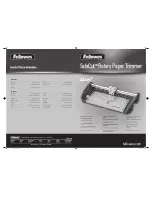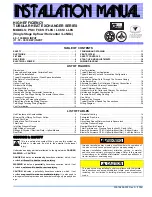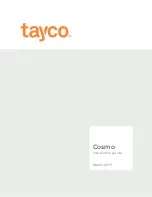
45
6.4
Customizing the Embedded Web Server
6.4.1 Customization Overview
It is possible for end-users to customize the embedded web server in order to create their own
application-specific or corporate “look and feel”. Knowledge of authoring dynamic web content is
required. Using windows explorer, it is possible to load customized web server content into the “WEB”
folder on the interface card’s file system (refer to section 7.2). Usually, this web server content contains
programming which implements the XML socket-based XTPro protocol (refer to section 6.4.2). Via
XTPro, the embedded web server can gain access to any inverter parameter and the interface card file
system resources, and manipulate them as required.
Notes
•
There is an XML file located in the “WEB” folder called “
param.xml
”, which contains definitions for
all inverter function codes that are available via the interface card. This file must not be removed,
as it contains the definition of all available parameters not only for active web server content, but
also for the interface card itself. All other files in the “WEB” folder may be deleted or replaced if
desired by the user.
•
The default HTML file targeted by the web server is “index.htm”. Therefore, when customizing the
web server content, ensure that initial file “index.htm” exists.
•
All files accessed by the web server itself must reside in the “WEB” folder. Note that this does not
restrict active web server content to using only the “WEB” folder, however, as XTPro “read_file”
and “write_file” commands can access any existing location on the file system.
•
If the factory-default “WEB” folder contents need to be recovered (if they are accidentally deleted,
for example), they can be downloaded from the
•
Two simultaneous web server sessions are supported. Note that the number of available
simultaneous web server sessions is independent of the number of available simultaneous XTPro
XML sockets.
6.4.2 XTPro Overview
XTPro is an acronym for
X
ML
T
CP/IP
Pro
tocol. The XTPro specification is an application-layer
(positioned at level 7 of the OSI model) messaging protocol that provides XML-based client/server
communication via TCP port 843. Typically, XTPro is used for the implementation of graphical user
interfaces (GUIs), such as advanced web servers or HMIs that have the ability to request information via
XML sockets, and then manipulate and/or display the information in a rich application-specific manner.
XTPro is a request/response protocol that provides services specified by commands. For more
information on XTPro, refer to the separate XTPro Specification. This section will cover the device-
specific implementation of the XTPro protocol.
















































